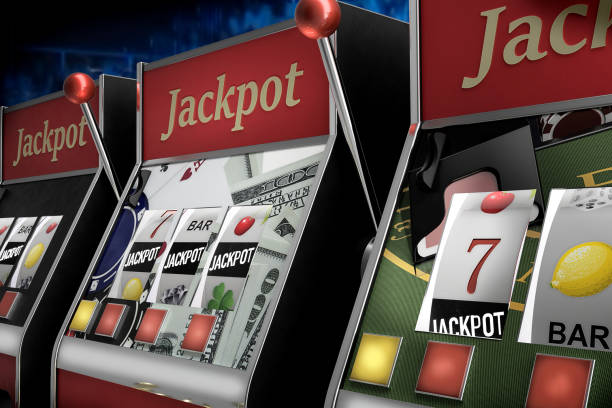Mega888 Original has become one of the most popular online casino platforms in Malaysia, offering a wide variety of exciting games, a secure environment, and an enjoyable gaming experience. As the original version of the Mega888 platform, Mega888 Original stands out for its reliability, authenticity, and a vast selection of high-quality games. Whether you’re a fan of slots, table games, or live dealer experiences, Mega888 Original offers something for every kind of player, making it a preferred choice among gaming enthusiasts in Malaysia.

Why Choose Mega888 Original?
- Authenticity and Reliability: Mega888 Original is the authentic version of the popular Mega888 casino platform, known for its reliability and integrity. Unlike many imitation versions that may not offer the same level of security or quality, Mega888 Original is licensed and regulated, providing a safe and fair gaming environment for players. This guarantees that users are getting a genuine gaming experience with transparent rules and fair play.
- Wide Selection of Games: Mega888 Original offers a diverse range of casino games, including:
- Slot Games: With an extensive collection of slot games, Mega888 Original provides players with various themes, paylines, and features to keep them entertained. From classic fruit-themed slots to innovative video slots with bonus rounds and free spins, there’s something for every taste.
- Table Games: For players who enjoy strategic gameplay, Mega888 Original includes table games like Blackjack, Baccarat, Dragon Tiger, and Roulette.
- Live Casino: The live casino section at Mega888 Original features real-time gameplay with professional dealers. Players can interact with dealers and other participants, providing an immersive experience similar to that of a traditional casino.
- User-Friendly Interface: The Mega888 Original platform is designed with ease of use in mind. The user interface is intuitive, making it easy for players to navigate the site or app and find their favorite games. Whether you’re new to online casinos or a seasoned player, the Mega888 Original platform ensures a smooth and enjoyable experience.
- Attractive Bonuses and Promotions: Mega888 Original provides various bonuses and promotions to enhance the gaming experience. New players can take advantage of welcome bonuses, while existing users benefit from reload bonuses, free spins, and loyalty rewards. These promotions make it easier for players to explore different games and increase their chances of winning big.
- Mobile Compatibility: One of the key features of Mega888 Original is its compatibility with mobile devices. Players can download the Mega888 Original app on both Android and iOS devices, allowing them to enjoy their favorite games on the go. The mobile version retains the same high-quality graphics and smooth gameplay as the desktop version, providing a seamless gaming experience regardless of the device used.
How to Get Started with Mega888 Original
- Download and Register: To start playing on Mega888 Original, you can download the app from the official website or trusted sources. After downloading, register for an account by providing some basic information, and you’ll be ready to explore the extensive game library.
- Make a Deposit: Mega888 Original offers multiple secure payment options for making deposits. You can use local bank transfers or popular e-wallets to fund your account. With secure encryption technologies in place, Mega888 ensures that your transactions are safe and your personal information is protected.
- Claim Your Bonus: As a new player, you can claim a welcome bonus that gives you extra funds to explore the games on the platform. Mega888 Original also offers ongoing promotions to keep players engaged and rewarded for their loyalty.
- Start Playing: With hundreds of games available, you can start exploring slots, table games, or live casino games based on your preferences. Mega888 Original provides a wide selection of games that cater to all types of players, from beginners to high rollers.
Safety and Security
Mega888 Original takes player security seriously, offering a safe and secure gaming environment. The platform is licensed and regulated, ensuring that all games are fair and that player information is protected. Additionally, Mega888 Original uses advanced encryption technology to safeguard personal and financial data, providing peace of mind to players as they enjoy their favorite games.
Conclusion
Mega888 Original is a trusted and authentic online casino platform in Malaysia, offering a vast array of games, attractive bonuses, and a secure gaming experience. With its user-friendly interface, mobile compatibility, and commitment to fair play, Mega888 Original continues to be a popular choice for online gaming enthusiasts. Whether you enjoy spinning the reels on slot games, playing strategic table games, or experiencing live dealer action, Mega888 Original provides an exciting and rewarding gaming experience. Join Mega888 Original today and enjoy the thrill of online casino gaming at its finest.







